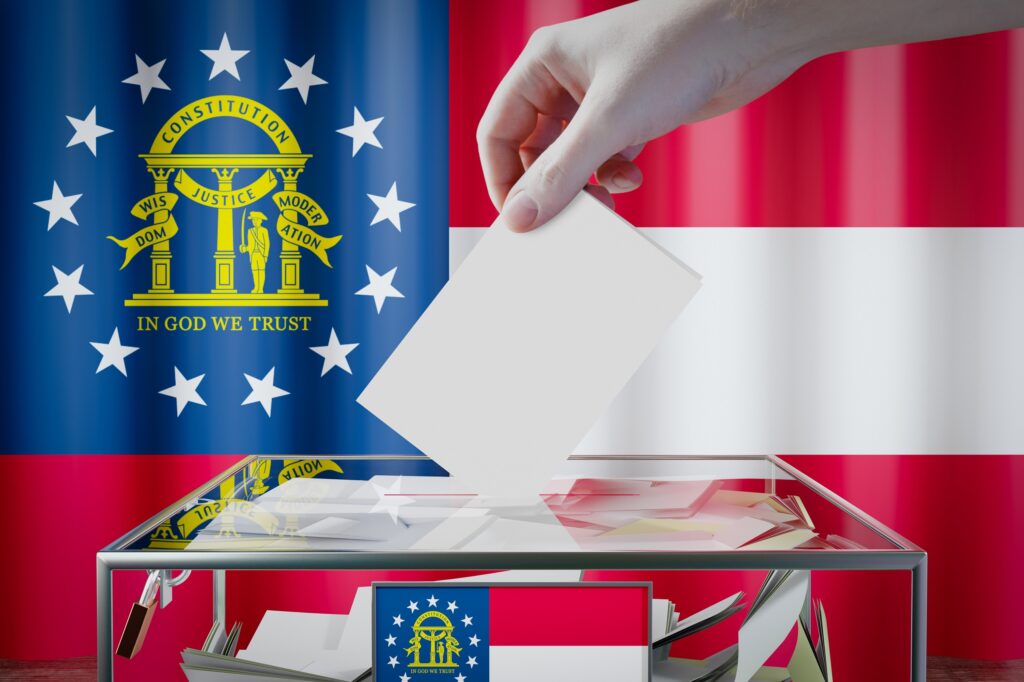2020 Broadband Scorecard Report
Made with Visme Infographic Maker
Download the data used as an Excel document here.
Introduction & Summary
2020 has come and gone, and it will undoubtedly be a year that few forget. However, amidst the chaos and uncertainty caused by the pandemic, American networks operated with incredible efficiency and resilience. As user traffic peaked, broadband providers worked quickly to ensure that zoom calls went smoothly and Netflix videos streamed without incident. Tremendous investment in American networks has been at the core of this success.
But it has not been the carriers acting alone: local and state governments play a significant role in the deployment of broadband infrastructure. Deploying and operating broadband infrastructure is difficult and expensive, and these challenges can be compounded by artificial barriers caused by local and state governments. From right-of-way access and zoning to construction permits and franchising, state and local barriers to infrastructure deployment can have a major impact on Americans’ access to broadband.
Over the last two years, the R Street Institute has published the Broadband Scorecard, a project which ranks every state according to how well their laws govern the various aspects of broadband deployment. When state laws provide a uniform and streamlined process for deployment, it becomes easier and those states earn a higher grade. While some states did very well, no state received a perfect score.
This report updates the 2019 Broadband Scorecard data to incorporate legislative changes made across the country in 2020. However, with the pandemic, much state legislative action focused primarily on utilizing federal COVID-19 relief funding to subsidize the deployment of infrastructure rather than reforming these artificial barriers to gain access to public rights of way or construction permits.
Yet, reforming these artificial barriers can play a significant role in spurring additional private investment when subsidy programs fall short or fail to lower prices for consumers with access to broadband connectivity. As the Federal Communications Commission’s (FCC) Broadband Deployment Advisory Committee found, some local governments struggled to keep pace with applications for permits or access to rights of way. Mainly, these localities struggled to meet the demands of work-from-home mandates or already lacked adequate staffing to process applications.
While the pandemic may lessen with the commercialization of a vaccination, it is critical that states continue to work to ensure local reviews do not go above what is necessary to manage the public rights of way and ensure telecom deployments adhere to the necessary codes.
While many states passed broadband related laws this year, most scores remain unchanged as few laws addressed this critical component of deployment. Further, not all new broadband laws are actually good policy. For example, giving electric utilities or municipal cooperatives permission to deploy broadband infrastructure can be good, but if that permission allows them to exclude competitors and deny access to public rights of way, that will hurt competition and diminish broadband service over the long run. Therefore, while most states received at least the same base score as they did in the 2019 scorecard, some states lost points in certain categories. These changes are all included in the provided data sheet, and our scoring methodology can be found below.
Read the full study here.










